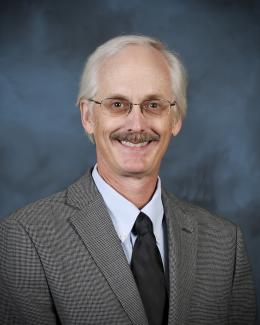Abstract
Experimental trends in thermal plasma partial recombination resulting from massive ${{\text{D}}_2}$ injection into high-Z (Ar) containing runaway electron (RE) plateaus in DIII-D and JET are studied for the purpose of achieving sufficiently low electron density (${n_{\text{e}}} \approx {10^{18}}{{\text{m}}^{ - 3}}$) to increase RE final loss MHD levels. In both DIII-D and JET, thermal electron density ${n_{\text{e}}}$ is found to drop by ∼100$ \times $ when the thermal plasma partially recombines, with a minimum at a vacuum vessel-averaged ${{\text{D}}_2}$ density in the range ${10^{20}}\!\!-\!\!{10^{21}}{{\text{m}}^{ - 3}}$. RE effective resistivity also drops after partial recombination, indicating expulsion of the Ar content. The ${n_{\text{e}}}$ level after partial recombination is found to increase as RE current is increased. The amount of initial Ar in the RE plateau is not observed to have a strong effect on partial recombination. Partial recombination timescales of order 5 ms in DIII-D and 15 ms in JET are observed. These basic trends and timescales are matched with a 1D diffusion model, which is then used to extrapolate to ITER and SPARC tokamaks. Within the approximations of this model, it is predicted that ITER will be able to achieve sufficiently low ${n_{\text{e}}}$ values on time scales faster than expected RE plateau vertical drift timescales (of order 100 ms), provided sufficient ${{\text{D}}_2}$ or ${{\text{H}}_2}$ is injected. In SPARC, it is predicted that achieving significant ${n_{\text{e}}}$ recombination will be challenging, due to the very high RE current density. In both ITER and SPARC, it is predicted that achieving low ${n_{\text{e}}}$ will be easier with Ar as a background impurity (rather than Ne).




